Artistic Director’s Notebook: The Sleeping Beauty
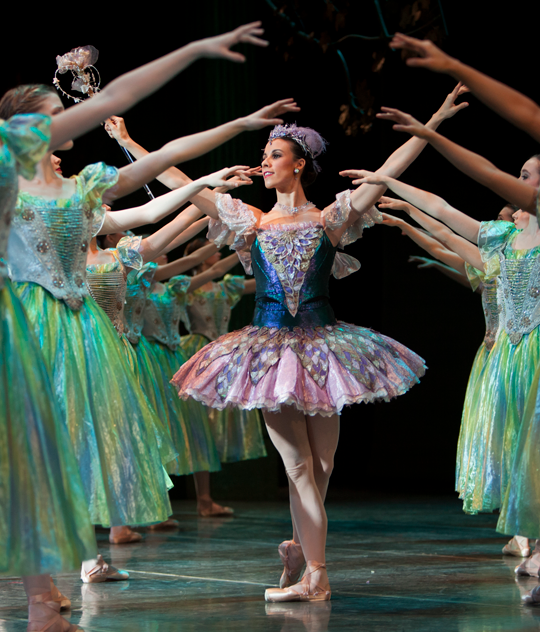
By Artistic Director Peter Boal
In 1890, Seattle was a relatively lawless frontier town. There was little plumbing, plenty of mudflats, and too many taverns. The Duwamish and Suquamish were losing land and rights to the countless fortune-seekers pouring into and passing through the region at the dawn of the Klondike gold rush. And almost halfway around the world in St. Petersburg, Russia, nymphs were putting on pointe shoes, violins were tuning, and royalty was sipping champagne as the curtain rose on the world premiere The Sleeping Beauty.
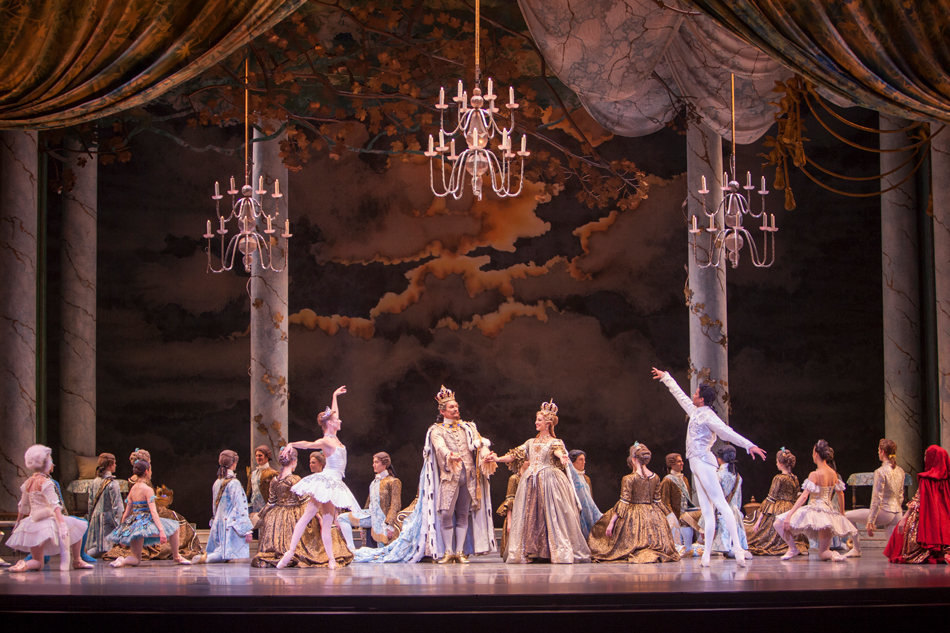
Like gold on this coast, there was a ballet boom happening during the late 1800s in Russia. With The Sleeping Beauty (La Belle au Bois Dormant), Peter Ilyich Tchaikovsky debuted his lavish score for full orchestra alongside original choreography by Marius Petipa. PNB proudly presents this staging of the ballet by Ronald Hynd, which was originally created for English National Ballet in 1993. So much has changed since the acclaimed premiere almost 130 years ago. So why are we still enthralled with this ballet?
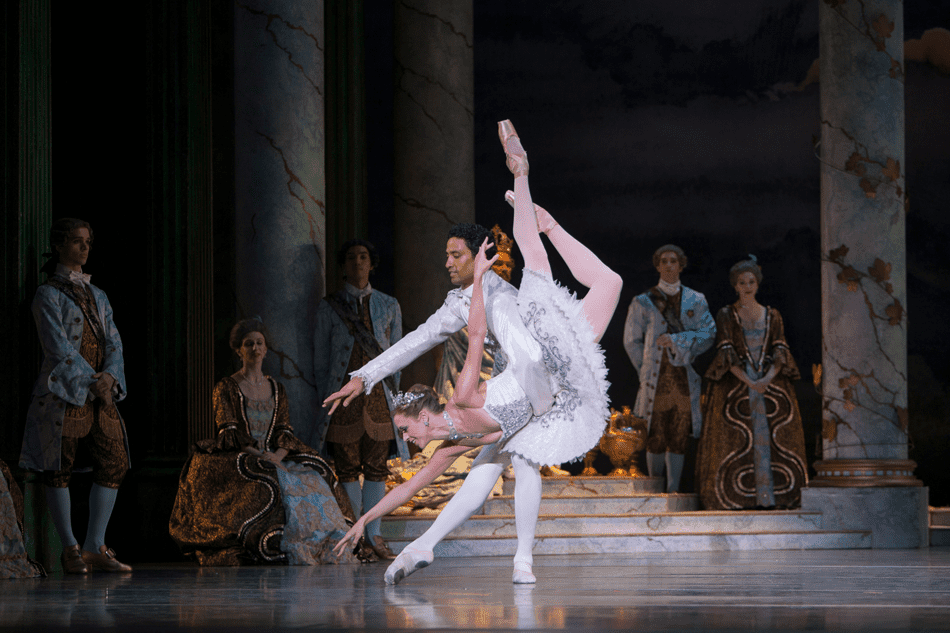
Everyone in the audience will and should have their own answer to this question. Here are a few reasons why I love The Sleeping Beauty: The dancing is so ripe with challenges and rewards. As you watch Princess Aurora suspend on the tips of her toes on one foot for what seems an eternity in the Rose Adagio, you will surely be impressed and may even recall why you told your mother you were ready to quit ballet. The precision of the corps de ballet is exquisite in its line, patterns, and shared musicality. Consider how much time the Bluebird floats above the stage, lofting from one jump to the next. These are the steps and challenges dancers were trained to tackle, and the triumphs are ours to share.
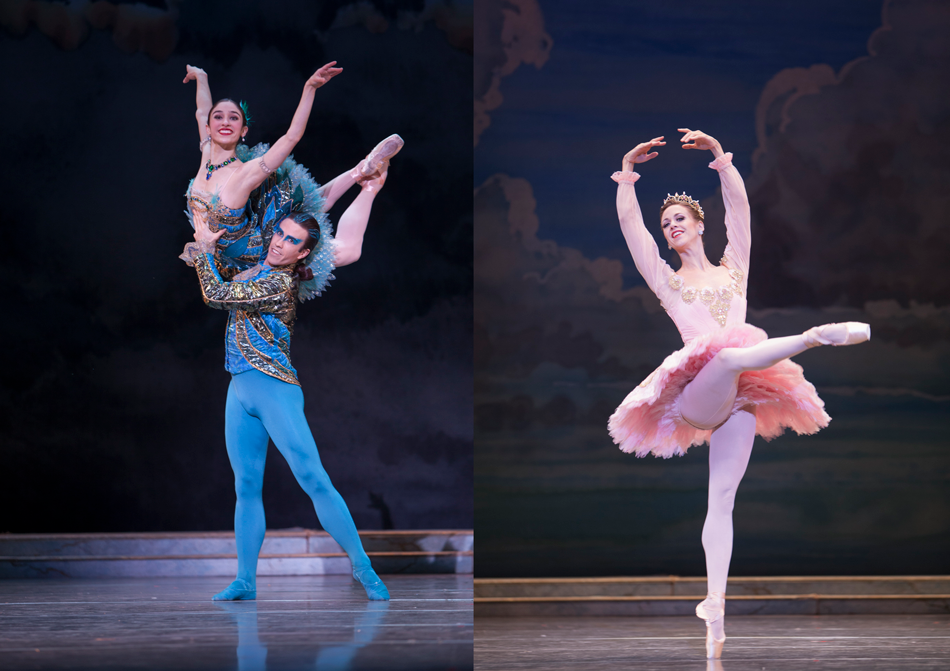
I also love the contrast between evil Carabosse and the sage Lilac Fairy. To be honest, I believe we each hold qualities of both characters and work within ourselves to ensure good dominates evil. The story resonates because we don’t hate Carabosse. There’s something vaguely familiar about her anger and impulses. In the end, we realize she just needs a few more timeouts and maybe a little life coaching from the Lilac Fairy.
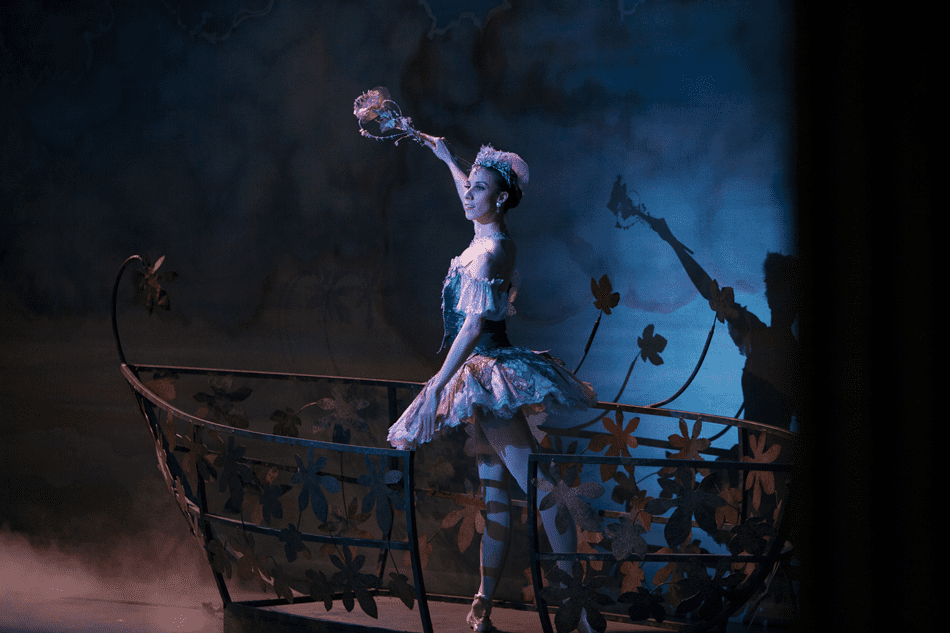
I love the fact that so many patrons will walk through the doors of McCaw Hall for the first time or for the first time in a long time this February. Ballets like The Sleeping Beauty are renowned and hold the name recognition that brings crowds. We welcome you to the wonder of ballet and invite you to treasure what was unveiled in 1890 and to see what’s ahead in 2019. Ballet carries its traditions with pride. Choreographers continue to address the pointe shoe, character development, and original scores.
There’s a wealth of treasures to discover through dance, and PNB is the perfect host. If you’re not already a subscriber and just recently entered this enchanted forest, visit our website to learn more. Be a part of the history of ballet and witness its bright future. Thank you for joining us today.

Peter Boal






My first ever trip to Seattle. A whirlwind trip organized so as to be able to see my non-biological grandchildren perform in the Nutcracker (Zoe Alvarado as Clara and Ela Alvarado as a ponchienelle). The words magical, magnificent, beautiful, wonderful are not adequate. The performance brought me to tears. I live near Interlochen Arts Academy in Michigan and have enjoyed many performances there. I have also been to several productions in New York and Detroit. The PNB performance, venue, staging and production as an entirety is beyond anything I have ever seen. I wear my PNB jersey hoodie with joy!
HI Bobbie! So glad you had a great time at The Nutcracker. I work in marketing for PNB, and I’m also from Michigan – I grew up near Detroit, and I camped at Interlochen State Park quite often! Congratulations to Clara and Eva on a gorgeous Nutcracker season (and to you for being a supportive grandmother!). Thanks for your comment.
-Caitlin Klask
My daughter and I will attend on February 2, 2019. We are driving down from Kelowna, BC. As lifelong ballet supporters we are looking so forward to seeing this magnificent production, and our first time at the PNB. My daughter had been a dancer and spent many summers at the National summer-school in Toronto, a year at Quinte, a summer with the Goh school, and was accepted to attend school at the English Ballet (regrettably we had to defer). We have seen many full productions in Calgary, Vancouver and Kelowna (former dancer Simone Orlando is CEO & Artistic Director) and my lucky daughter was in London to see Swan Lake at Covent Garden. The video of your production has thoroughly delighted us, we understand the backstage part, understand the effort by all and are thrilled to be able to attend!!